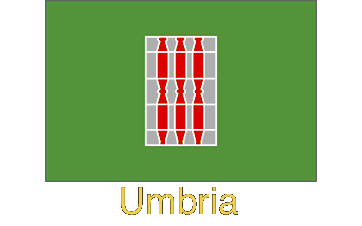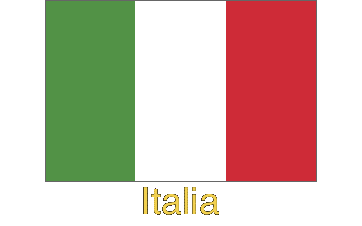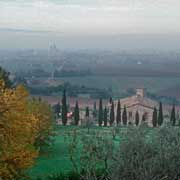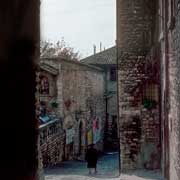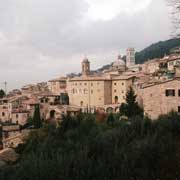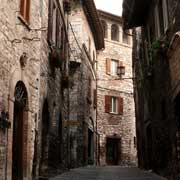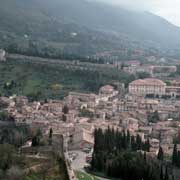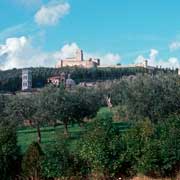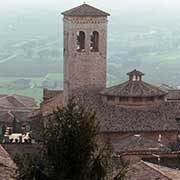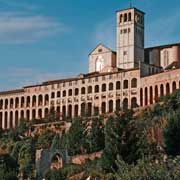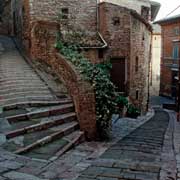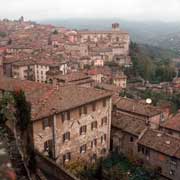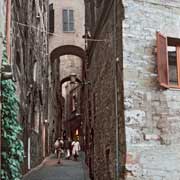Photos of Assisi and Perugia, medieval Umbria, Italy
Assisi and Perugia, medieval Umbria
The landlocked region of Umbria is named after the Umbria, described by Pliny, the Roman naturalist, as the most ancient tribe of Italy. They predated the Etruscans, who founded the town of Perugia and Orvieto. The Etruscans later established powerful city-states here before being succeeded by the Romans, whose rule ended in the 5th and 6th centuries when fortified towns were built in response to invasions by “barbarians”. The region is one of Italy’s most beautiful, with unspoiled medieval towns.
you may then send it as a postcard if you wish.
Assisi is the birthplace of St. Francis of Assisi (born in 1182), the founder of the Franciscan order. After he died in 1226, the beautiful basilica was built in his honour, decorated with beautiful frescoes by Renaissance painters. One of St. Francis’ disciples was St. Clare, who founded the Order of the Poor Clares, the female order of the Franciscans. The town is an absolute gem, drawing millions of tourists and pilgrims; although recently severely damaged by an earthquake, the basilica has been restored.
Perugia is one of Italy’s best-preserved medieval hill towns, one of the Etruscans’ twelve powerful city-states in the 7th and 6th centuries BCE. The Romans conquered it in 310 BCE and called it Perusia. It had a violent history, both because of internal feuds and wars with neighbouring city-states. The Flagellants, a 13th-century Christian sect that practised whipping themselves to pay for their sins, originated here. Perugia became part of the Papal States in 1538.
